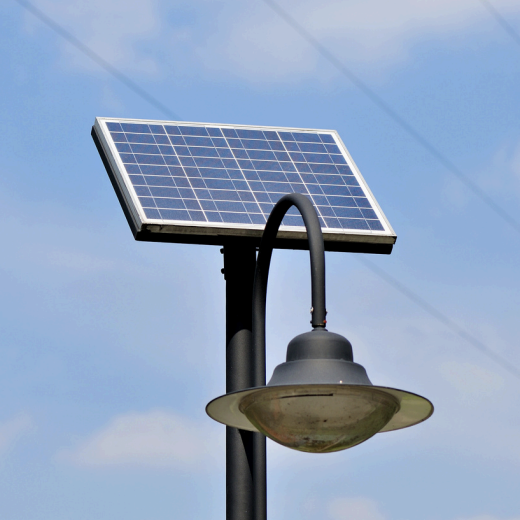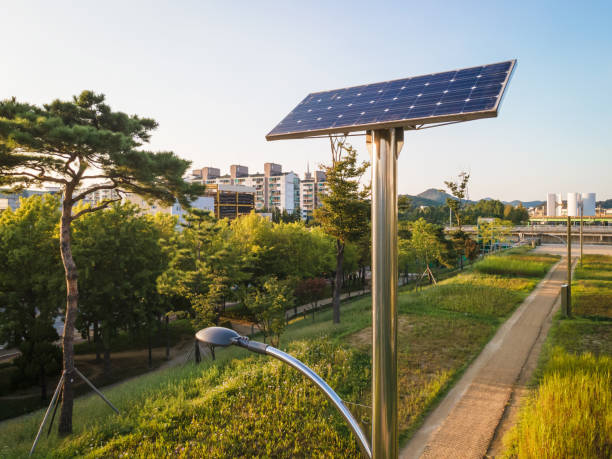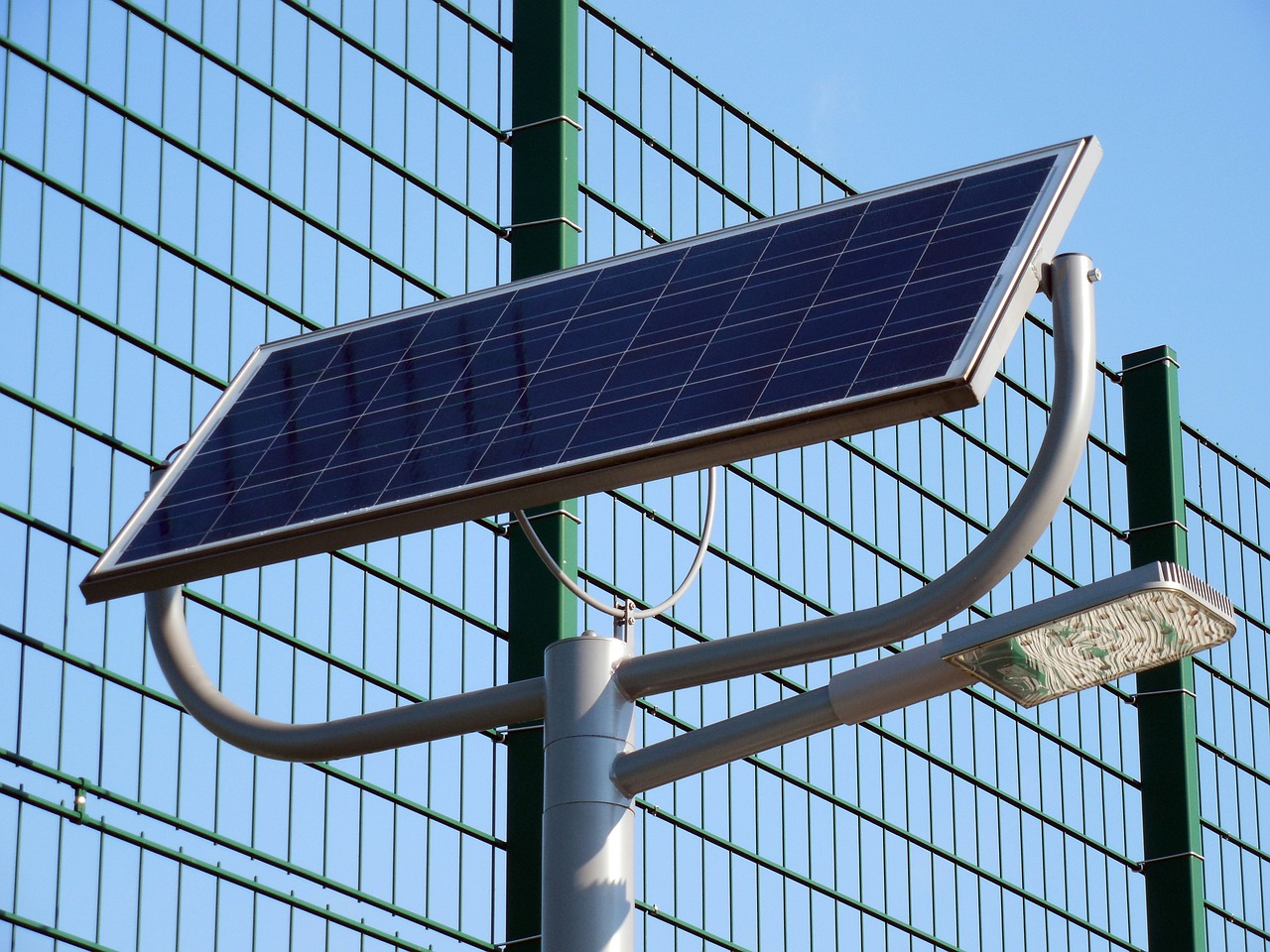
Solar street lights are innovative lighting solutions that use solar energy to power LED lamps, illuminating streets, parks, and public spaces. These lights consist of solar panels, rechargeable batteries, LED lamps, and controllers, working together to provide sustainable, energy-efficient lighting. With no dependency on the traditional electricity grid, they significantly reduce energy consumption and carbon footprint, promoting green energy solutions in urban and rural areas alike. Solar street lights are especially beneficial in regions with unreliable electricity supply, as they can operate independently of the power grid. Their ability to store energy during the day and automatically light up at night makes them a reliable, low-maintenance option. By leveraging renewable energy, they contribute to long-term cost savings and environmental conservation, making them an essential component of modern urban planning.



One of the main challenges of solar street light projects is ensuring adequate energy storage and performance during cloudy or rainy days when sunlight is scarce. Batteries may lose efficiency over time, leading to higher maintenance costs and reduced performance. Additionally, ensuring proper placement of solar panels to maximize sunlight exposure in crowded or shaded urban areas can be difficult. Another significant challenge is the upfront cost of installation, which can be higher compared to conventional streetlights. Theft or vandalism of solar panels and batteries poses a risk, especially in remote or poorly monitored locations. Furthermore, limited awareness about the technology and its benefits can hinder adoption in some communities.
To address energy storage issues, advanced battery technologies like lithium-ion batteries with enhanced capacity and longevity can be employed. Installing solar street lights with smart controllers allows for better energy management by adjusting light intensity based on usage patterns. Strategic placement of panels in open areas and regular maintenance can further optimize performance. To mitigate installation costs, governments and organizations can implement subsidies, grants, or public-private partnerships to promote adoption. Anti-theft measures such as tamper-proof designs and better surveillance systems can deter vandalism. Educational campaigns and workshops can be organized to raise awareness of the long-term benefits of solar street lights, fostering community acceptance and involvement.